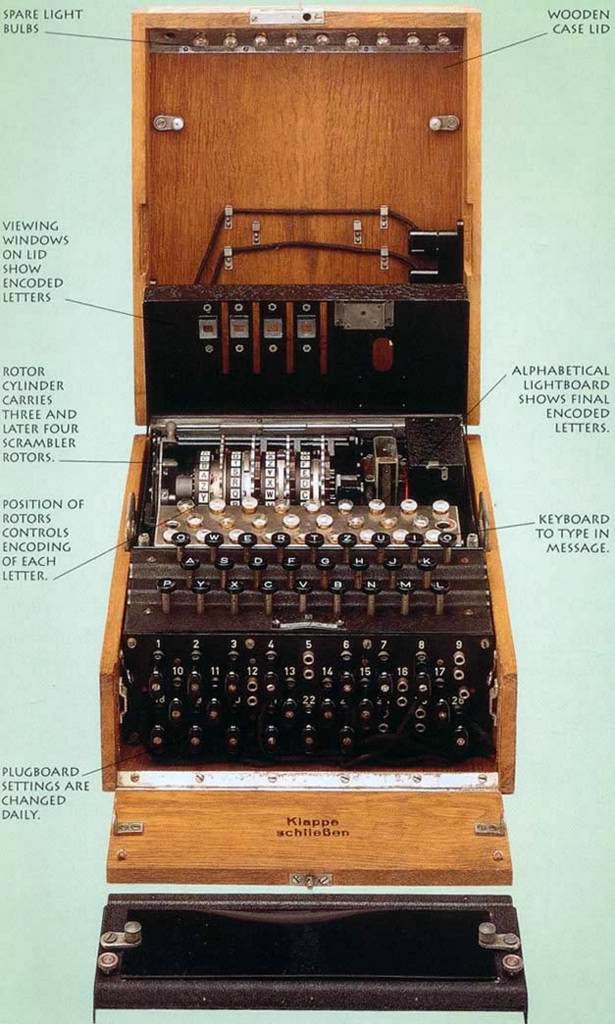| Rating: | ★★★★★ |
| Category: | Books |
| Genre: | Biographies & Memoirs |
| Author: | Elie Wiesel |
Note: Although Night is not necessarily a memoir, it is often referred to as one, since the work’s mixture of testimony, deposition, and emotional truth-telling renders it similar to works in the memoir genre.
It is clear that Eliezer is meant to serve, to a great extent, as author Elie Wiesel’s stand-in and representative. Minor details have been altered, but what happens to Eliezer is what happened to Wiesel himself during the Holocaust.
It is important to remember, however, that there is a difference between the persona of Night’s narrator, Eliezer, and that of Night’s author, Elie Wiesel.
Night is narrated by Eliezer, a Jewish teenager who, when the memoir begins, lives in his hometown of Sighet, in Hungarian Transylvania. Eliezer studies the Torah (the first five books of the Old Testament) and the Cabbala (a doctrine of Jewish mysticism). His instruction is cut short, however, when his teacher, Moshe the Beadle, is deported. In a few months, Moshe returns, telling a horrifying tale: the Gestapo (the German secret police force) took charge of his train, led everyone into the woods, and systematically butchered them. Nobody believes Moshe, who is taken for a lunatic.
In the spring of 1944, the Nazis occupy Hungary. Not long afterward, a series of increasingly repressive measures are passed, and the Jews of Eliezer’s town are forced into small ghettos within Sighet. Soon they are herded onto cattle cars, and a nightmarish journey ensues. After days and nights crammed into the car, exhausted and near starvation, the passengers arrive at Birkenau, the gateway to Auschwitz.
Upon his arrival in Birkenau, Eliezer and his father are separated from his mother and sisters, whom they never see again. In the first of many “selections” that Eliezer describes in the memoir, the Jews are evaluated to determine whether they should be killed immediately or put to work. Eliezer and his father seem to pass the evaluation, but before they are brought to the prisoners’ barracks, they stumble upon the open-pit furnaces where the Nazis are burning babies by the truckload.
The Jewish arrivals are stripped, shaved, disinfected, and treated with almost unimaginable cruelty. Eventually, their captors march them from Birkenau to the main camp, Auschwitz. They eventually arrive in Buna, a work camp, where Eliezer is put to work in an electrical-fittings factory. Under slave-labor conditions, severely malnourished and decimated by the frequent “selections,” the Jews take solace in caring for each other, in religion, and in Zionism, a movement favoring the establishment of a Jewish state in Palestine, considered the holy land. In the camp, the Jews are subject to beatings and repeated humiliations. A vicious foreman forces Eliezer to give him his gold tooth, which is pried out of his mouth with a rusty spoon.
The prisoners are forced to watch the hanging of fellow prisoners in the camp courtyard. On one occasion, the Gestapo even hang a small child who had been associated with some rebels within Buna. Because of the horrific conditions in the camps and the ever-present danger of death, many of the prisoners themselves begin to slide into cruelty, concerned only with personal survival. Sons begin to abandon and abuse their fathers. Eliezer himself begins to lose his humanity and his faith, both in God and in the people around him.
After months in the camp, Eliezer undergoes an operation for a foot injury. While he is in the infirmary, however, the Nazis decide to evacuate the camp because the Russians are advancing and are on the verge of liberating Buna. In the middle of a snowstorm, the prisoners begin a death march: they are forced to run for more than fifty miles to the Gleiwitz concentration camp. Many die of exposure to the harsh weather and exhaustion.
At Gleiwitz, the prisoners are herded into cattle cars once again. They begin another deadly journey: one hundred Jews board the car, but only twelve remain alive when the train reaches the concentration camp Buchenwald. Throughout the ordeal, Eliezer and his father help each other to survive by means of mutual support and concern. In Buchenwald, however, Eliezer’s father dies of dysentery and physical abuse. Eliezer survives, an empty shell of a man until April 11, 1945, the day that the American army liberates the camp.
ANALYSIS
Although we know that Elie Wiesel, Night’s author, recovered his faith in man and God and went on to lead a productive life after the Holocaust, none of this post-Holocaust biographical information is present in Night.
Because the scope of Night does not extend beyond Eliezer’s liberation, some readers argue that the memoir offers no hope whatsoever. Eliezer has been witness to the ultimate evil; he has lost his faith in God, and in the souls of men.
Night’s final line, in which Eliezer looks at himself in the mirror and sees a “corpse,” suggests that Eliezer’s survival is a stroke of luck, a strange coincidence, no cause for rejoicing. It seems from his closing vision that Eliezer believes that without hope and faith, after having seen the unimaginable, he might as well be dead.
Night does not end with optimism and a rosy message, but neither does it end as bleakly as many believe. What we are left with are questions—about God’s and man’s capacity for evil—but no true answers.
Night does not try to answer these questions; perhaps this lack of answers is one of the reasons that the story ends with the liberation of Buchenwald. The moral responsibility for remembering the Holocaust, and for confronting these difficult moral and theological questions, falls directly upon us, the readers.


